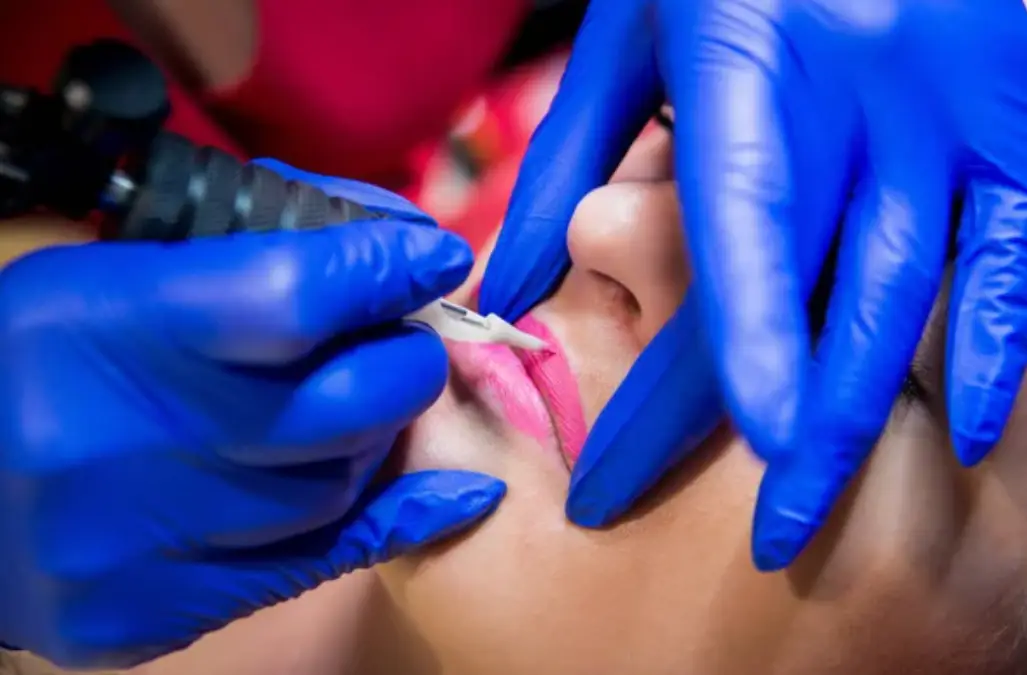
How Tattoos Work
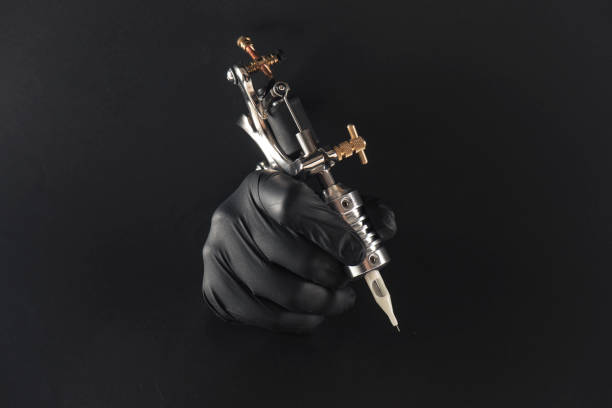
Needles of a tattoo machine punches between 50 and 3,000 times per minute through the epidermis, the outer layer of skin, and drive the ink into the dermis, the deeper layer that’s mottled with nerves and blood vessels.
Every time the needle penetrates, it causes a wound that alerts the body immune system to begin the inflammatory process. That signal sends immune system cells racing to the site of the wound. Special cells called macrophages come to the rescue, eating up the dye in an attempt to “clean up” the inflammation it’s causing. The rest of the dye gets soaked up by skin cells called fibroblasts. The fibroblasts, along with many of the macrophages, stay suspended in the dermis in perpetuity.
Lip Skin vs Regular Skin
Tattooing lip skin differs significantly from tattooing regular skin due to the unique characteristics of the lip area. Lip skin is thinner, more delicate, and has a higher concentration of blood vessels, making it more sensitive and prone to swelling and bruising. The pigment used for lip tattooing is also different, designed to blend naturally with the lip’s color and texture. Additionally, lip tattoos require specialized techniques to ensure even pigment distribution and a natural appearance, taking into account the lips’ constant movement and exposure to moisture. These factors make lip tattooing a more intricate and precise process compared to tattooing regular skin.
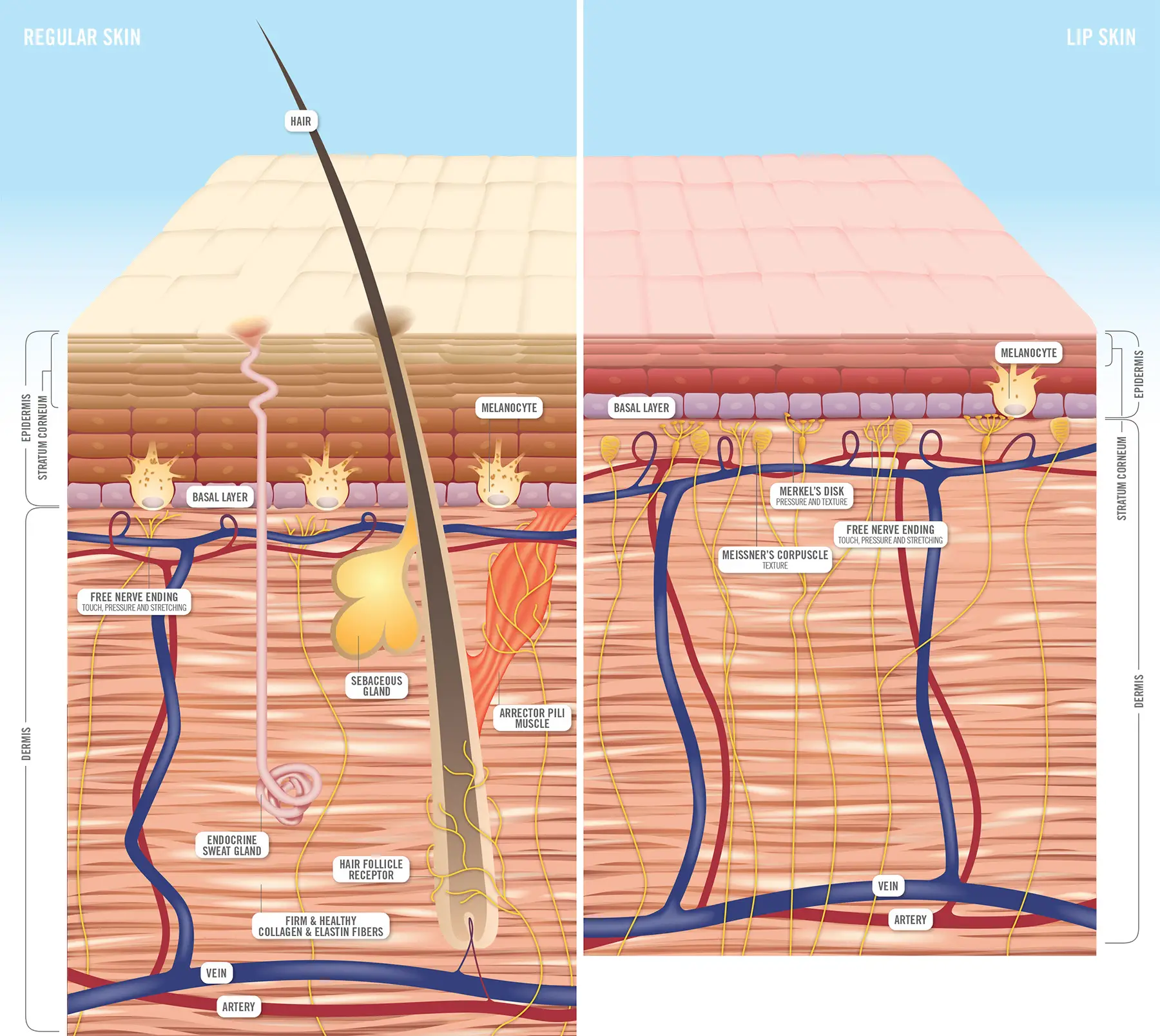
How We Determine The Right Color
The process of choosing the right pigment for lip blushing begins with a thorough evaluation of the client’s natural lip color, skin tone, and personal preferences to achieve a customized, natural-looking enhancement.
Assess the client’s existing lip color to choose a complementary pigment.
Consider the client’s overall skin tone to ensure the pigment blends naturally.
Discuss with the client whether they want a subtle enhancement or a more pronounced color change.
Identify the undertones of the lips (e.g., warm or cool) to select a pigment that harmonizes with them.
Evaluate the client’s complexion and hair color for a cohesive look.
Use test patches or swatches to see how different colors appear on the lips before finalizing.
Take into account the client’s personal preferences and any references they provide for the desired shade.
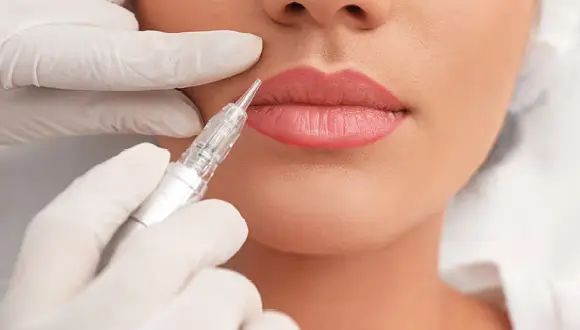
Throughout the entire process, strict adherence to hygiene standards, using sterile equipment, and ensuring client comfort are essential. Custom-blended pigments allow for tailored results that complement each client’s unique skin tone and preferences, making micropigmentation a personalized and effective solution for cosmetic enhancements.
Common Tattoo Needles We Use
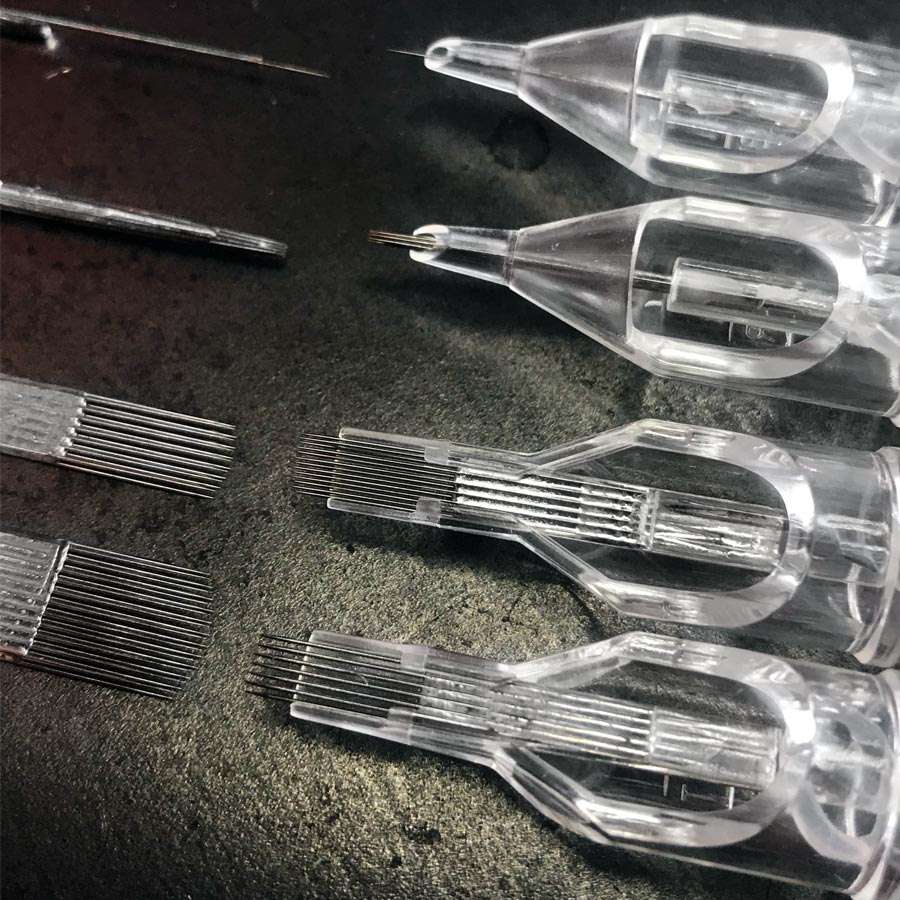

5 Round Shader
Lines, small shading areas, and small detail

9 Round Shader
Shading, thick outlines, and color fill in
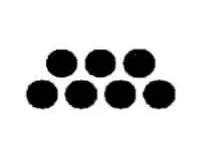
7 Magnum
Lines, fill, and shading

13 Magnum
Color fill and shading
Lip Blush Aftercare: How to Care for Your Lip Blush Tattoo?
The lip blushing healing process is easy, with no downtime. Here are a few simple aftercare steps:
- Make sure your hands are clean before you touch your lips and wash them.
- Wash your lips before bed with lukewarm water and unscented soap or cleanser.
- Apply the aftercare given to you by your artist in a thin layer after cleaning.
- Repeat in the morning and evening for 5 days.
- Please remember this is a new tattoo. Care for it like you would an open wound. Do not over-saturate with healing balm. Also, do not let the lips get too dried out.
- No application of any lip makeup for 1 week other than the healing balm given to you.
- No scratching, picking, or licking of dry skin or flakiness.
- No spicy foods during the first 24 hours.
- No foreign body fluids in or around the lips for 5 days.
- No activities that will cause extreme sweating for 5 days.
- No swimming pools, hot tubs, or other bodies of water for 5 days.
- No UV exposure (including tanning booths) for 5 days.
- No laser light therapy. It can darken, lighten, or distort the pigment of your lip color.
- No exfoliants, retinol acids, glycolic acids, or alpha hydroxy acids on the area for 30 days. These cause premature fading.
- No massages, facials, or skin treatments for 5 days.
ARE YOU READY TO SPEAK WITH A PROFFESIONAL?
GET STARTED AND SCHEDULE A CONSULTATION WITH OUR PARAMEDICAL TATTOO ARTIST TODAY
